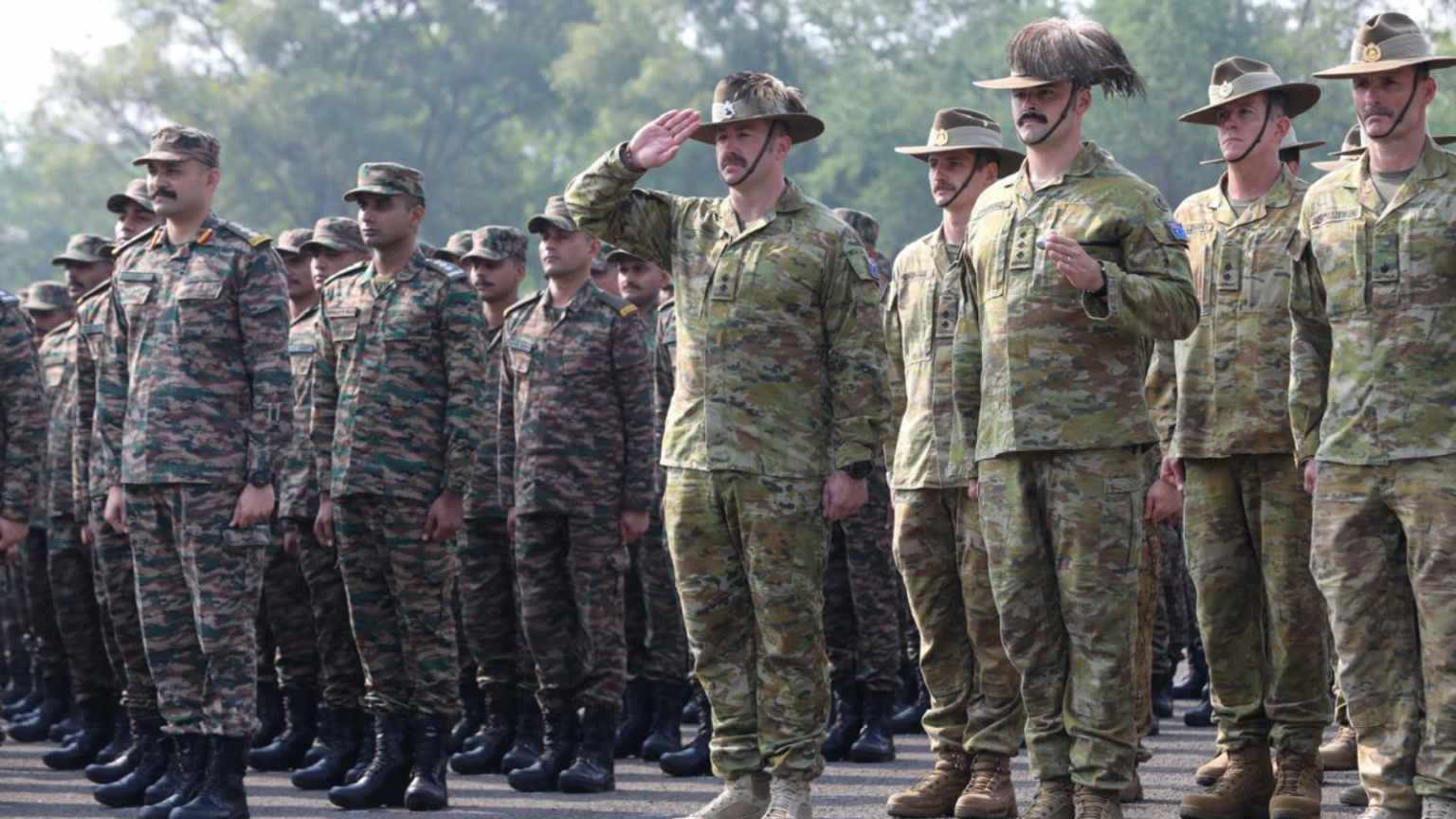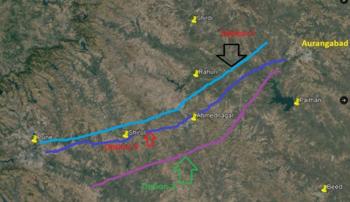Building Stronger Ties India and Australia Deepen Alliance Through Austrahind Military Exercise
India and Australia kicked off the third annual 'Austrahind' military exercise on November 8 in Pune, India, marking a significant chapter in defense cooperation between the two countries. This year’s exercise, scheduled until November 21, sees Indian and Australian military personnel training side by side, focusing on enhancing interoperability and preparing for complex, multi-domain operations. This joint exercise reflects the strengthening military relationship between the two nations, founded on shared strategic interests and mutual commitment to regional stability.
A Shared History and Modern Purpose
The deep-rooted history of India-Australia military cooperation goes back to World War I and II, where soldiers from both nations fought together in various regions including Gallipoli, the Middle East, and Europe. These historical bonds have evolved into a strong defense partnership, with modern-day exercises like Austrahind reinforcing the legacy of collaboration. According to Indian contingent commander Brigadier Sanjeev Saharan, this bond of trust and respect built over decades continues to be a cornerstone of their alliance.
The Austrahind Exercise: Building Tactical Readiness
This year's Austrahind exercise is held at the Aundh Military Station, hosting troops from the Australian Army’s 13th Brigade and the Indian Army’s 9 Dogra Infantry Battalion, along with Indian Air Force Garud Commandos. With 255 officers and soldiers participating, the training will cover a wide array of combat strategies, including conventional urban warfare, physical fitness, and joint counter-terrorism drills.
Key training activities in Austrahind include:
- Combined Sub-Conventional Operations: Under a UN mandate, the focus will be on drills for urban combat and unconventional warfare.
- Technology and Equipment Familiarization: Each side will engage in cross-training on weapons systems and share technological expertise.
- Specialized Skills Training: Medical training, canine training, and heli-borne operations are among the specialized skills practiced during the exercise.
Both countries have designed the Austrahind exercise to adapt to modern warfare challenges, with scenarios that mimic real-world threats in the Indo-Pacific region. As Australian contingent commander Brigadier Amanda Williamson noted, the exercise is a timely response to shared concerns like maritime security threats, cybersecurity challenges, and the need for robust disaster response mechanisms.
Strengthening Indo-Pacific Security
In a time of growing geopolitical complexities, the Austrahind exercise reflects a collective effort to safeguard the Indo-Pacific region. Both India and Australia, recognized as leading democracies in the area, are committed to promoting an open and stable Indo-Pacific. The Austrahind exercise adds a vital layer to this commitment, improving both countries' readiness to tackle diverse security challenges.
This year’s exercise follows previous editions held in Rajasthan, India, and Perth, Australia, with a vision for future Austrahind exercises to alternate between the two nations annually. It complements other joint exercises such as Malabar and AusIndex, where India and Australia have collaborated to address common security concerns, from anti-terrorism measures to maritime security.
Bonding Through a Shared Passion: Cricket
Beyond military cooperation, Austrahind includes moments of cultural exchange, underscoring a mutual love for cricket. Brigadier Williamson highlighted the excitement around playing cricket with Indian counterparts, emphasizing how the sport strengthens camaraderie even amid serious training. This shared passion for cricket has become an endearing aspect of the India-Australia relationship, connecting the two nations on both professional and personal levels.
The Austrahind military exercise not only enhances tactical skills but also reinforces India and Australia's dedication to a secure Indo-Pacific. Through shared history, mutual goals, and a commitment to collaborative defense strategies, both nations continue to forge an enduring partnership. As new global challenges emerge, this alliance stands as a testament to the importance of international cooperation in ensuring stability and peace.









Leave a comment
0 comment